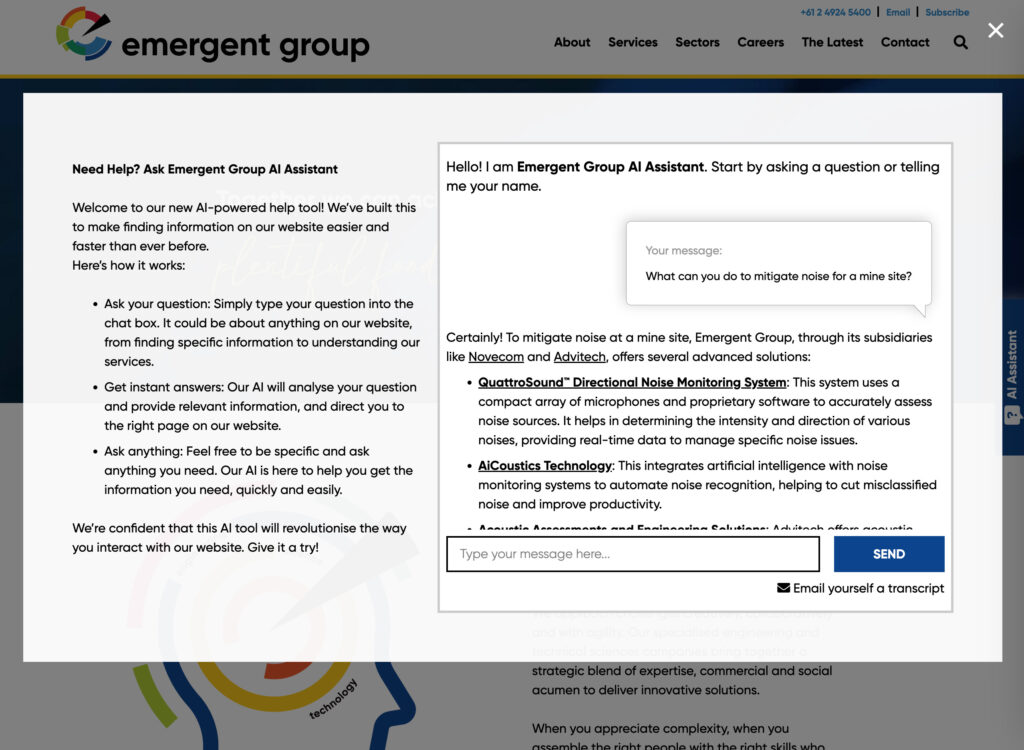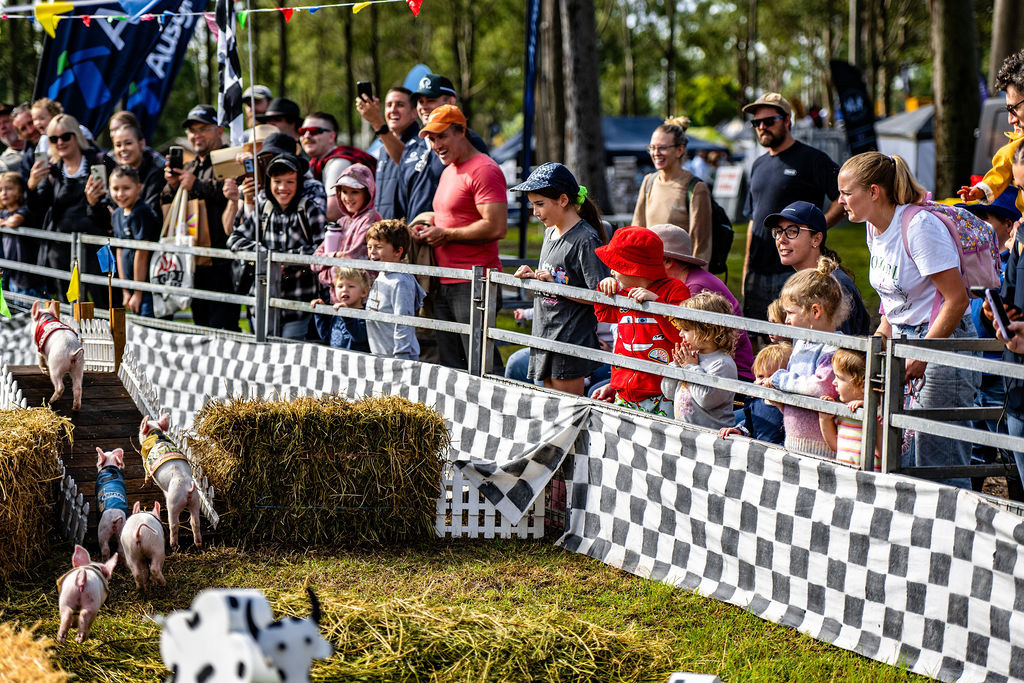Malcolm Gladwell is a highly acclaimed thinker and writer who’s writing has backed academic research in the fields of sociology and psychology. His studies can be applied to many fields from criminology, to public policy, and for our purposes – business. The Tipping Point was his first book and breakthrough.
The Tipping Point published in 2002, is an investigation into what causes ideas, behaviours, and products to spread and go viral. He approaches it in a scientific way, looking at the epidemiology of cases where a small number became an epidemic.
What does this mean for business? The factors at play in creating an epidemic can also be applied to product use, user behaviour, or brand adoption. Social and behavioural epidemics share similar characteristics to viral infections. Primarily, they require an external factor to be the catalyst which causes it to spread until it reaches a tipping point. The point at which it reaches critical mass and can no longer be controlled.
Similar to the “Minimum Viable Audience” concept from This is Marketing which we reviewed last month; the tipping point is reached after the actions of a small number. For marketers wanting a product or brand message to go viral, the “Law of the Few” and “Minimum Viable Audience” are an important area of focus. Gladwell Law of the Few is: “The success of any kind of social epidemic is heavily dependent on the involvement of people with a particular and rare set of social gifts.” Here (like in thousands of books it seems) the “Pareto Principle” is invoked. That roughly 80% of the work is done by 20% of the audience.
Gladwell identifies the groups of the few as Connectors, Mavens, and Salesmen.
Connectors
Connectors are people with a large social network across many different spheres. They become the point of connection between ideas, products, behaviours and different groups of people. The key part of this is the number of weak ties. The network doesn’t need to be tight and close in terms of relationships, it needs to be broad and loose its of acquaintances. This is important, because an idea or product being exposed only to a closed group, will not become an epidemic. If you want to spread your brand, product, service, or idea then you will need to find who are the well connected, and appeal to them. We call these people “influencers”.
Mavens
Gladwell’s Mavens are people who possess a great deal of knowledge across a broad range of areas and hungrily consume new trends and product information. Potential subject matter experts in your product or service in other words. They are also enthusiastic and have great social skills that allow an easy transformation of knowledge and recommendations to others. I remember the “epidemic” of people using Maven in the position title or LinkedIn bio, given the book meet the social media rise in the late 2000’s this is little wonder. Marketers appealing to these people with the features and benefits of a product or service will be effective in having those qualities spread with conviction.
Salesmen
Gladwell’s Salesmen are people who have an abundance of energy and enthusiasm. They are positive thinkers and their positivity and enthusiasm rubs off on others. They are charismatic and persuasive with the ability to create a contagion and pass on their behaviours, likes, dislikes, and preferences. Marketers need to appeal to these people to help spread their message as salesmen who become advocates will pass it on through their personality.
There are two other elements to epidemics that also apply to marketing and business development. They are certainly more obvious now than what would have been apparent when the book was first published in 2002.
The Stickiness Factor
If you want a concept to spread, first you need traction. The idea, product, or behaviour needs to stick and stand out from the great flood of information that goes by us every day. We need to tinker with ideas, marketing messages, product packaging until we find what works, and what sticks.
The Power of Context
External circumstances that can influence behaviour and lead to change. One element of context we can now refer to as “nudges” which are small but harsh camp downs or shaming on a negative to influence a positive. The “broken window theory” that was studied in mid 1990s New York where breaking windows, graffiti, and other minor issues were dealt by law enforcement with zero tolerance. This had the effect of reducing major crime rates. Also the number of participants in a group can influence the spread of a message. If you want a group to adopt a product or message, it needs to be relatively small. Facebook, for example, was initially a product concentrated on one university. It reached saturation point and began to spread only after it became adopted within the group.
Reading this as I did in 2016 and recalling it now in 2019, I found it a very important read for modern marketers and anyone interested in spreading a message. As relevant now as it was when it was written 17 years ago. The times change fast though, it could probably use another afterward. However there are plenty of books written since then adopt or extend on the ideas within. One thing doesn’t change though, and that is fundamental consumer psychology. So the nature of The Tipping Point and how ideas, products, and behaviours can reach it, will always be relevant.




